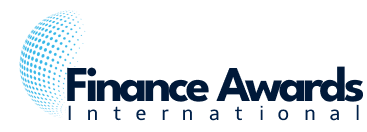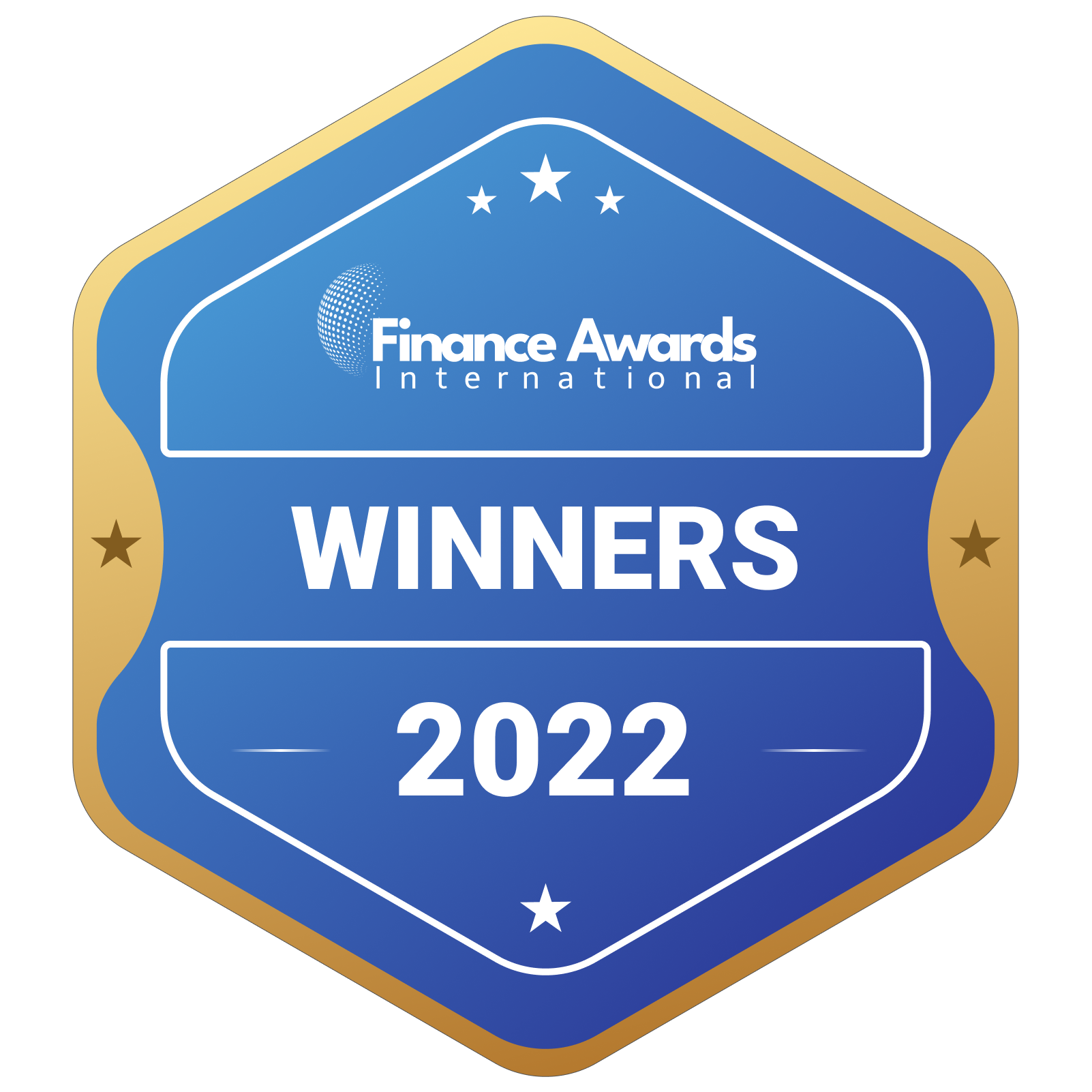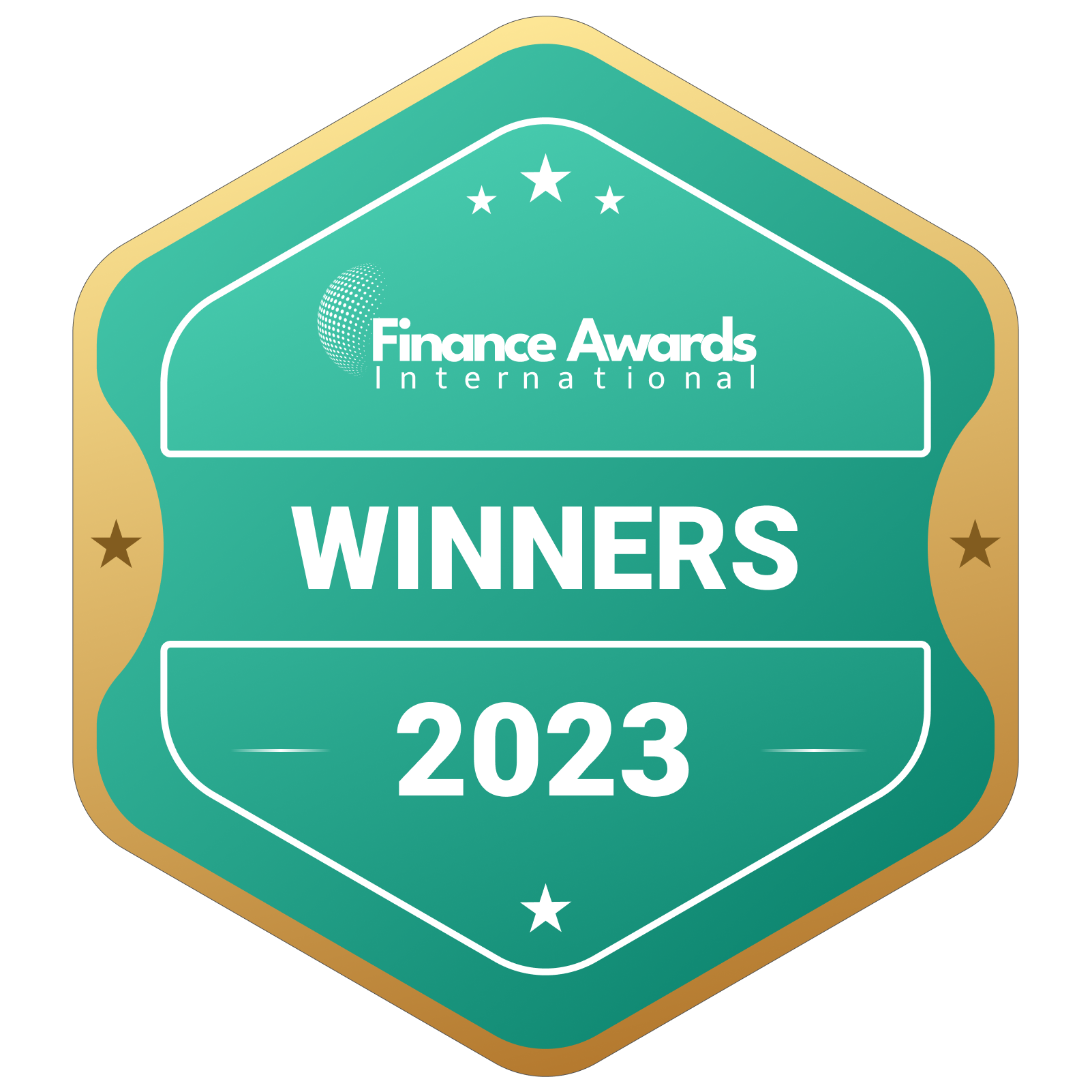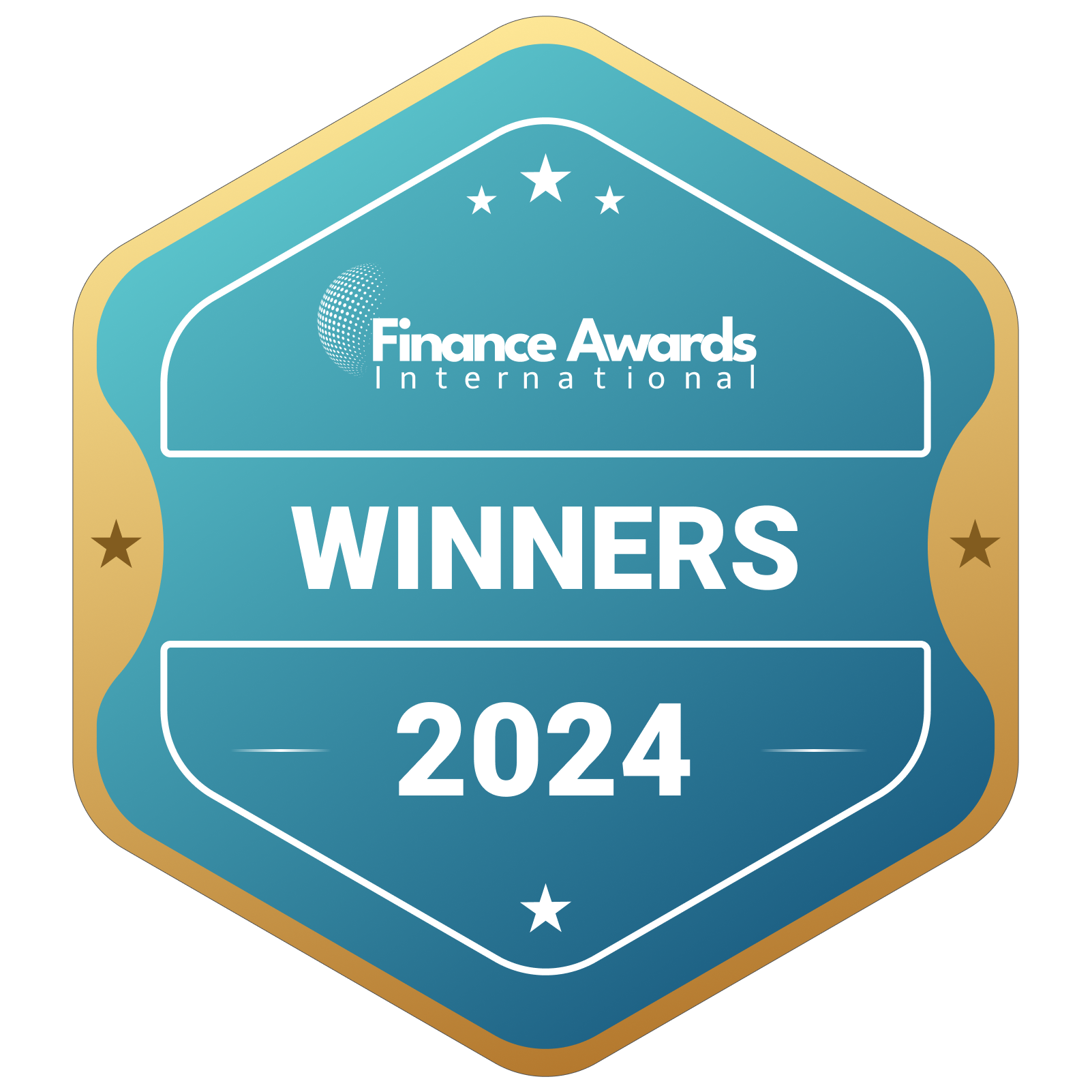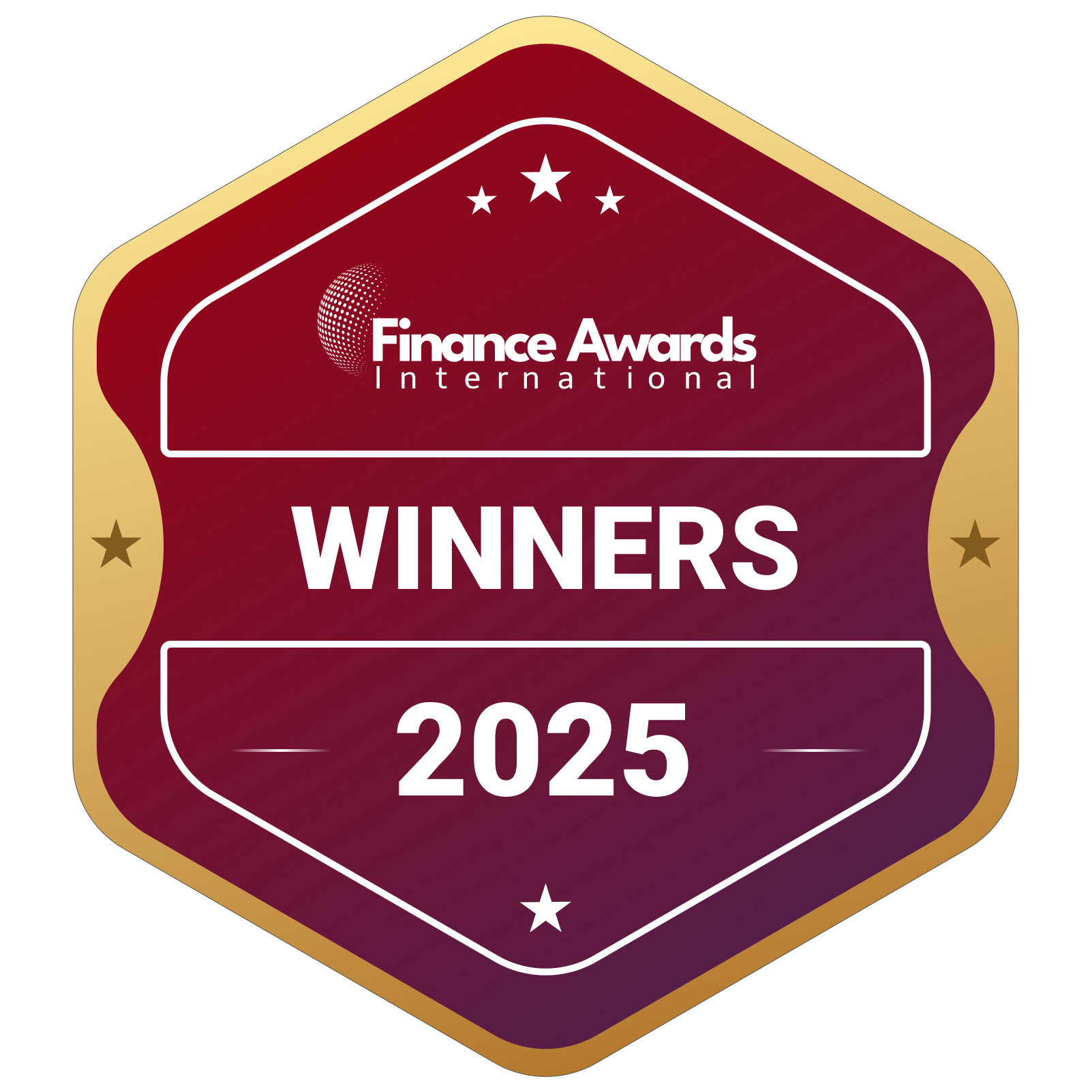Imagine your business as a living, breathing organism. Cash flow is its bloodline. Without a steady, healthy flow, even the strongest business can weaken and stumble. Feeling a bit lightheaded when bills are due? You’re not alone. Mastering how to manage cash flow isn’t just accounting jargon; it’s the absolute bedrock of survival and growth. Forget vanity metrics—paper profits won’t keep your business alive when your bank account is running on fumes.. Ready to stop the cash chaos and build a financial fort? Let’s dive into your practical guide.
Why Is Cash Flow So Important?
Here’s the kicker: You can be profitable and still go bust. Sounds crazy, right? But it happens all the time. How? Profit is an accounting concept – sales minus expenses over a period. Cash flow is the actual movement of cold, hard cash in and out of your door. If your customers take 90 days to pay (sales = profit!) but your suppliers demand payment in 30 days (expense = reality!), you’re walking a tightrope without a net.
Think of it like your personal finances. Your salary (inflow) might look great on paper, but if your mortgage, car payment, and that impulse gadget buy all hit before payday, you’re in trouble. Businesses face the same squeeze, just amplified. Managing cash flow proactively is how you ensure there’s always enough cash in the room to breathe, pay your team, cover rent, and seize opportunities. It’s not glamorous, but it’s non-negotiable.
Your Cash Flow Command Center: Forecasting is Your Crystal Ball
You wouldn’t drive cross-country without a map or GPS, right? So why run your business blind? Cash flow forecasting is your financial GPS. It’s simply predicting the cash you expect to receive (inflows) and the cash you expect to pay out (outflows) over a specific period – usually weekly or monthly, especially when starting.
- How to Build Your Forecast (It’s Easier Than You Think!):
- Start with What You Have: Your opening bank balance. Ground zero.
- Map Your Inflows: When do you actually expect cash from sales (consider payment terms!)? Include other sources like loans or investments.
- List Every Outflow: Rent, salaries, loan payments, supplier invoices, taxes, utilities, marketing spend – everything. Be ruthlessly realistic about due dates.
- Do the Math: Opening Balance + Inflows – Outflows = Projected Closing Balance. Do this for each week/month ahead (aim for at least 3-6 months).
- Review & Revise Religiously: Your forecast is a living document. Update it constantly as reality unfolds (e.g., a big client pays late, an unexpected expense pops up).
Spotting a potential negative balance weeks in advance is pure gold. It gives you time to act – chase invoices, delay non-critical spending, or arrange short-term financing. No more nasty surprises!
Turbocharge Inflows: Get Paid Faster, More Reliably
Money stuck with customers is money you can’t use. Let’s unclog those pipes!
- Invoice Immediately: Send invoices immediately upon delivery or milestone completion. Accuracy is key – wrong details cause delays. Make payment terms crystal clear.
- Offer Payment Convenience: Multiple payment options (online, credit card, bank transfer) remove friction. Consider payment gateways like Stripe or PayPal.
- The Gentle (and Firm) Nudge: Implement a clear process for following up on overdue invoices. Automated email reminders before and after the due date work wonders. Don’t be shy about picking up the phone for seriously late payers.
- Upfront & Milestone Magic: For larger projects or new clients, request deposits or structure payments around key milestones. This improves cash flow upfront and reduces risk.
- Reward Speed: Offer small discounts (e.g., 2%) for early payment. It often costs less than the financing you’d need if they pay late!
Smart Spending: Optimizing Your Cash Outflows
Managing cash isn’t just about what comes in; it’s strategically controlling what goes out. Think “cash flow conservation.”
- Negotiate, Negotiate, Negotiate: Don’t accept the first price from suppliers. Ask for better payment terms (e.g., Net 30 instead of Net 15), bulk discounts, or lower rates. Your cash flow health depends on it!
- Time Payments Strategically: Pay bills on time, but not early, unless there’s a significant discount. Use your payment terms to their fullest extent. Schedule payments just before they’re due to keep cash longer.
- Scrutinize Every Expense: Adopt a “zero-based budgeting” mindset periodically. Ask: “Is this expense essential right now? Does it generate a clear return?” Cut the fat ruthlessly. That unused software subscription? Cancel it!
- Inventory = Trapped Cash: Avoid overstocking like the plague! Implement lean inventory practices (like Just-in-Time if feasible). Sell off slow-moving stock, even at a discount, to free up cash. Dead stock is dead money.
- Delay Non-Essential Capital Expenditures: Do you truly need that shiny new piece of equipment right now, or can it wait 3 months while you build reserves? Lease instead of buy if it improves cash flow.
Building Your Cash Safety Net: The Buffer Zone

Life (and business) throws curveballs. A major client leaves. The roof leaks. Economic winds shift. Your cash reserve is your shock absorber.
- Set a Target: Aim for 3-6 months of essential operating expenses (rent, payroll, core utilities). This is your “sleep-well-at-night” fund.
- Start Small, But Start: Consistently funnel a percentage of profits or specific income streams into a separate, high-yield savings account. Treat it like a non-negotiable expense.
- Access Matters: Keep this reserve liquid (easily accessible), but separate from your main operating account to avoid accidental spending.
Leverage Tools: Your Cash Flow Co-Pilots
Trying to manage cash flow with spreadsheets alone is like digging a ditch with a spoon. Great tools make it faster, clearer, and less painful:
- Cloud Accounting Software (Xero, QuickBooks Online): Automates invoicing, tracks expenses, connects to bank feeds, and often has basic cash flow forecasting built-in. Real-time visibility is game-changing.
- Dedicated Cash Flow Forecasting Apps (Float, Fathom, Futrli): Integrate with your accounting software to create much more sophisticated, visual, and adjustable forecasts. Worth every penny for the insights.
- Online Payment Gateways (Stripe, Square, PayPal): Get paid faster and automate reconciliation.
- Expense Management Tools (Receipt Bank, Expensify): Streamline capturing receipts and managing employee expenses, preventing outflows from getting messy.
Tame the Tax Beast: Avoid the April Heart Attack
Unexpected tax bills are a major cash flow killer. Don’t let Uncle Sam (or your local tax authority) ambush you!
- Set Aside Regularly: Calculate your estimated tax liability (income tax, sales tax, payroll tax) and physically move that percentage out of your operating account as income arrives. Use separate sub-accounts.
- Pay Quarterly Estimates: If required, make those estimated tax payments religiously. It spreads the pain and avoids massive lump-sum payments plus penalties.
- Consult a Pro: A good accountant or bookkeeper is invaluable for accurate tax planning and ensuring you’re setting aside the correct amounts. This is an investment, not just an expense.
Putting It All Together: Your Ongoing Cash Flow Rhythm
Learning how to manage cash flow isn’t a one-time project; it’s an essential, ongoing rhythm in your business operations. It requires discipline and constant attention, but the payoff is immense: stability, reduced stress, and the power to make confident decisions.
- Schedule Regular Cash Flow Check-Ins: Block time weekly (for tighter control) or at least monthly to review your actuals vs. forecast, update projections, and spot trends. Make this sacred time.
- Empower Your Team: Ensure key people (like sales and purchasing) understand how their actions impact cash flow (e.g., offering long payment terms, committing to large inventory orders).
- Know Your Key Metrics: Track vital metrics like:
- Days Sales Outstanding (DSO): How long it takes customers to pay you on average. Lower is better!
- Days Payable Outstanding (DPO): How long you take to pay suppliers on average. Optimize this within agreed terms.
- Operating Cash Flow Ratio: (Cash from Operations / Current Liabilities). Measures if core operations generate enough cash to cover short-term debts. Aim for >1.
- Review and Refine: Your business evolves. Your cash flow strategies should too. What worked last year might need tweaking now.
Conclusion | Manage Cash Flow The Right Way
Mastering how to manage cash flow transforms your business from surviving paycheck-to-paycheck to thriving with confidence. It’s the difference between constant financial anxiety and having the freedom to invest, innovate, and grow on your terms. By implementing these practical steps – forecasting diligently, accelerating inflows, optimizing outflows, building a buffer, using the right tools, planning for taxes, and making it a consistent rhythm – you turn cash flow from a terrifying beast into your most powerful ally. Remember, cash is king, but cash flow is the kingdom. Start taking control today. Your future, more secure and prosperous business self will thank you.
